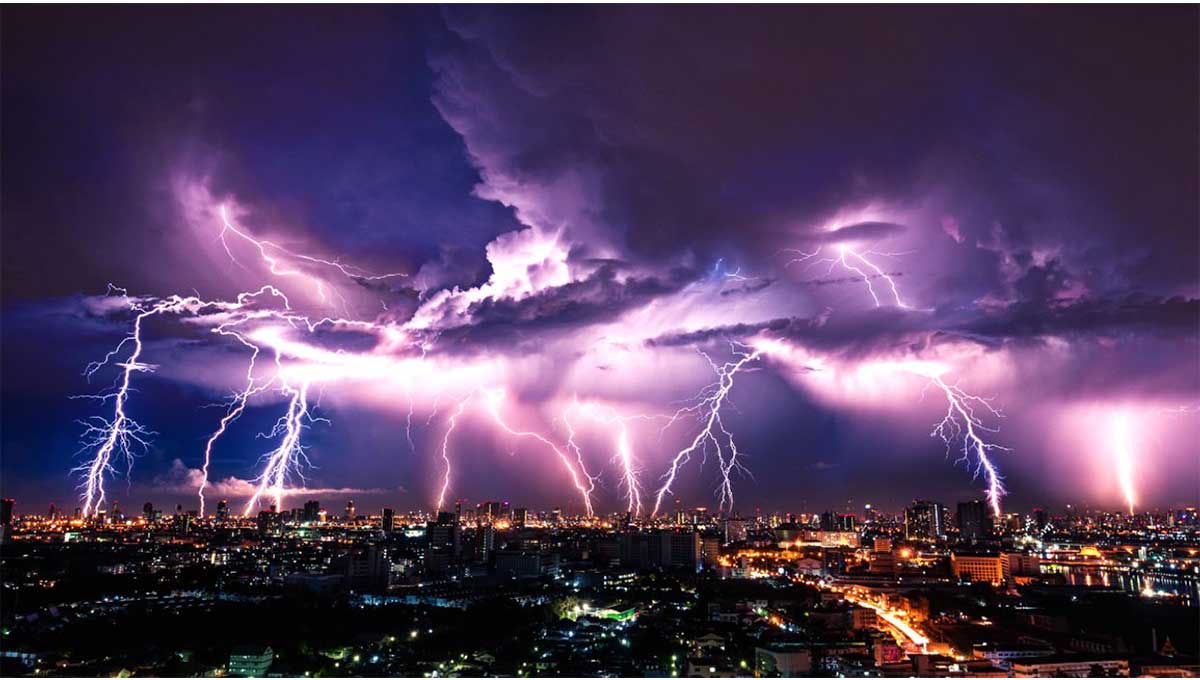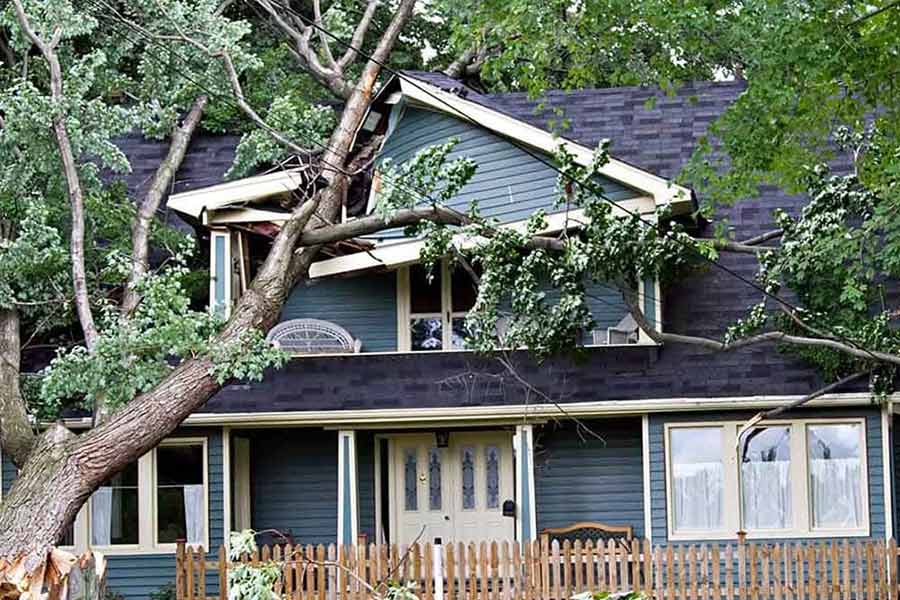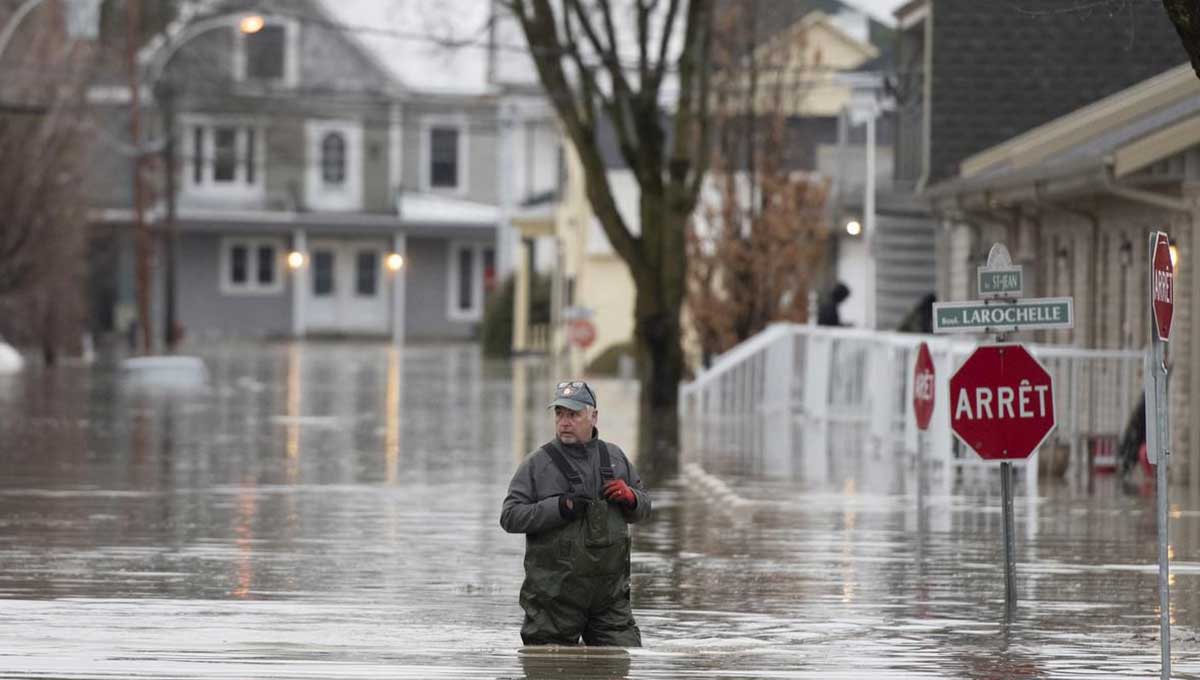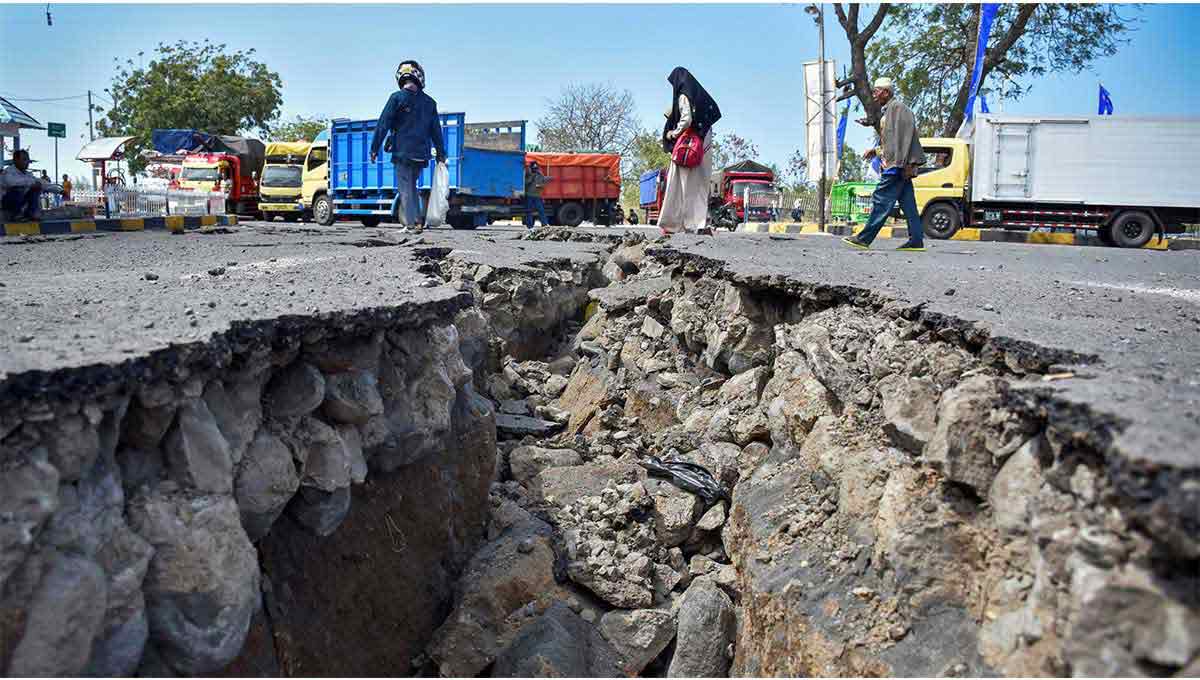Experts predict that the cost of flooding in Canada will triple in the next 10 years. By 2030, more than 350,000 Canadians are expected to face average flood damage totaling nearly $7 billion. At the same time, other natural disasters common to the nation such as tornados and earthquakes will continue to take their own tolls.
Navigating these disasters safely and successfully will require homeowners to have the right mix of insurance For their homes, vehicles, and belongings. For most Canadians, a disaster insurance policy will play a key role in putting together that coverage. But what is disaster insurance and what does it cover?
Natural Disasters in Canada
No nation on earth is exempt from natural disasters, but Canada's size and the diversity of the landscapes it encompasses mean that Canadians face a wider range of potential disasters than most. The Department of Public Safety and Emergency Preparedness reports that nationwide the country regularly experiences:
- Harsh winter storms
- Hail
- Avalanches and landslides
- Volcanic eruptions
- Tornados
- Floods
- Earthquakes
- Icebergs and sea ice
Individual households' risk for each of these types of disasters varies with their specific location but, in general, disasters are becoming more common and more severe across the board. Never before has it been so important for property owners to be properly insured against natural disasters in Canada.
Yet many myths persist about insurance and disaster coverage.
Standard Home Insurance and Natural Disasters
One of the most pervasive myths homeowners believe about insurance is that standard homeowners' policies offer no protection against natural disasters. In reality, all homeowners' policies offer some protection against common hazards.
Covered hazards may also be called "insured perils." Most policies cover a range of insured perils including damage from:
- Storms
- Wind
- Hail
- Lightening
- Fires
Depending on where policyholders live and the policies they choose, extra "endorsements" on their policy may cover hazards such as flooding or earthquakes.
In most cases, a standard policy is enough to cover the majority of the threats any given property faces.
Where the Confusion Arises
Some of the confusion and misconceptions around what insurance does and does not cover arises from situations where homeowners have not properly maintained their homes. Insurance coverage is predicated on the assumptions that homeowners will:
- Diligently maintain their homes
- Act promptly to report damage when it occurs
- Take steps to prevent further damage and repair existing damage as soon as possible
So, for instance, if a storm hits a home and damages the roof, under the terms of the policy, the homeowner:
- Should inspect the damage as soon as it is safe to do so
- Document and report the damage to the insurance company
- Take immediate steps to prevent further damage, such as covering the ruined section of the roof with a tarp
- Make plans for full repairs
If the homeowner does these things and another storm sweeps through before full repairs can be made, insurance will cover all of the damage the home sustains because the homeowner was responsible with maintenance and prevention.
If the homeowner takes no steps to identify or address the problem after the first storm and a second storm comes through and does tremendous damage, the insurance company may only cover part of the damage since the homeowner did not act responsibly to maintain and protect their home as per expectations.
In other instances, confusion arises when damage results from multiple sources and only some causes fall under insurance coverage terms. For example, an earthquake might prompt an explosion and a fire. Damage to a home from the smoke, fire, or explosion might be covered under the standard homeowners' policy while the damage from the earthquake itself is not.
To achieve full coverage for mixed disasters such as the type in this example, homeowners need both standard policies and disaster insurance coverage.
What Is Disaster Insurance?
Disaster insurance is a form of insurance protection for natural disasters not covered by standard homeowners' policies. In most cases, homeowners cannot buy a single "disaster insurance policy" that covers every eventuality. Instead, they build this coverage into their existing homeowners' policy via specific riders and endorsements.
This method works well since it allows homeowners to pick and choose the types of coverage most appropriate to their:
- Homes
- Geographic locations
- Personal risk factors and concerns
The most common types of disaster coverage that homeowners can add on include:
- Water damage (to cover ground seepage and overland flooding)
- Sewer back-up
- Earthquakes
- Landslides and avalanches
Homeowners may also be able to purchase expanded protections for commonly covered disasters such as:
- Fire
- Hail
- Wind
- Seasonal storms
Homeowners with unique or higher-risk property features, such as in-ground pools, might choose to purchase riders specific to those features as well as or instead of other options.
Understanding personal risk can help households choose the right coverage for their needs.
Flood insurance
General Flooding
Flash floods, rain-related flooding, and overland flooding can come on quickly. They can decimate infrastructure, both by damaging houses directly and by washing out the ground supporting a structure.
Once the floodwaters have receded, secondary problems set in. Toxic mold can begin to grow in vents, behind walls, in basements and attics, and almost anywhere throughout an affected home. Mold can be dangerous to anyone inhabiting the home and can further eat away at a home's structure.
Mold remediation can be staggeringly expensive, which is why standard home insurance water damage clauses do not tend to cover flooding and its consequences.
Sewer Back-Up
Sewer back-ups often happen as the result of other forms of flooding. They can also happen independently, however, in the event of a malfunction somewhere in the sewer line or system.
No matter what their cause, sewer back-ups are expensive. Like mold, they require special remediation. Often contaminated belongings cannot be saved, which raises total claim costs.
Sewer back-ups are not covered under general flood insurance and homeowners must purchase this coverage separately. Properties with a history of sewer back-ups may be required to implement preventative measures before coverage goes into effect.
Flooding is a threat in nearly every corner of the nation. Almost every time it occurs the damage is severe and the resulting costs are steep. For these reasons, flood insurance is perhaps the most important type of disasters insurance for homeowners to purchase.
Earthquakes
Like floods, earthquakes are not covered by standard insurance policies but can be a very real concern in many parts of the country. When added on to a policy, earthquake coverage may include:
- Damage caused by ground shaking
- Damage caused by secondary sources such as fires that result from the earthquake
- Living expenses in the event that a family is temporarily forced out of their home by the disaster
Earthquake rider premiums can be expensive and deductibles tend to be high. Unlike other deductibles, which are typically set dollar amounts, earthquake rider deductibles are often set up as a percentage of the total damages. So, for example, on a $150,000 policy, the deductible might be 10 percent or $15,000.
Furthermore, earthquake coverage often does not encompass damage from secondary events. As such, homeowners should educate themselves on potential complications caused by earthquakes and ensure that they have coverage for those situations under other portions of their policies.
Layering in Coverage
Since each type of disaster coverage must be purchased independently, layering in the right add-ons to build customized comprehensive coverage is a process.
To begin, homeowners should evaluate their individual risks. This may involve looking at flood maps, the history and weather patterns of their area, and the specific geography of their property. The Department of Public Safety and Emergency Preparedness offers online maps which can help homeowners assess their risk.
Once homeowners understand their relative risks for different disasters, they can prioritize the coverage they are most likely to need.
Before buying additional coverage, homeowners should review their existing policies carefully to determine what coverage they already have. If they have not completed an inventory of their belongings or properly assessed the value of their home and property, they should do those things before moving forward. This will:
- Clarify how much coverage they need
- Allow them to compare that number to what they already have
- Enable them to calculate how much additional coverage they need, if any
From there, homeowners can compare insurance rates across providers and choose the policies and coverage that fit their needs and budgets best. In every case, homeowners should read policy terms carefully before signing. This will prevent misconceptions about their coverage and ensure that they are clear on their responsibilities when a disaster occurs.
Finding the Right Coverage
Finding the right disaster insurance coverage doesn't have to a headache. Insurdinary can help you compare prices and select the best coverage at the best rates at the click of a button. Request a quote today and get started building the coverage that's right for you.





